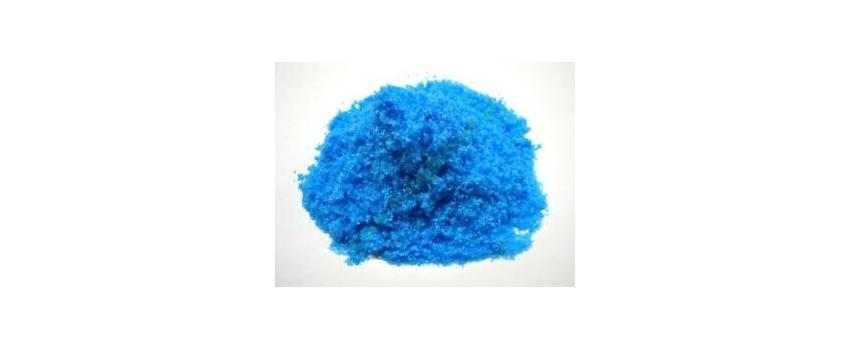
The impact of copper in winemaking and how to control it
Publiée le 10/12/2019 14:13During the 2019 edition of the Sitevi, a conference was organized on the effects of copper in winemaking and how winemakers could monitor, control and minimize them. Marion Bastien, from Lallemand Oenology, was one of the speakers and her speech particularly focused on the impact of copper on yeast and bacteria during the alcoholic and malolactic fermentations.
During the last edition of the SITEVI in Montpellier, France, a conference was organized on Nov. 28th, 2019 on the impact of copper in the winemaking process. Marion BASTIEN, from Lallemand Oenology, was one of the speakers, together with Philippe COTTEREAU from the IFV (French Institute for Vine and Wine) and Jacques ROUSSEAU from the ICV (Cooperative Institute for Wine).
Copper compounds have been used by grape growers to fight fungus and bacteria threats to vines for decades. With modern fungicide sprays, the use of copper in the vines diminished but with the growth of organic viticulture, copper sulfate has now returned to center-stage and remains the most effective tool against downy mildew in organic winemaking.
Organic grape growing being a very fast-growing sector, the effect of this heavy metal In the winemaking process and the finished wines has become a research topic of interest for a few years now.
At the recent conference organized at the Sitevi, each of the speakers presented the recent outcomes of several trials carried out to evaluate the impact of copper in winemaking. Various elements were studied, such as:
- the transfer rate of grape copper content to the juice and how to control it,
- the impact of copper on yeasts, bacteria and the course of fermentation,
- and also the impact of copper on the wine organoleptic properties.
In his lecture, Philippe COTTEREAU showed that lag phase is impacted by copper. The more copper is added, the longer the lag phase. This was also showed in Lallemand Oenology trials. The trials carried out by the IFV also demonstrated that copper content diminished after settling. Finally, the lower the copper content, the higher concentration in certain aroma compounds, notably the 3MH, could be observed.
Marion BASTIEN from Lallemand Oenology focused on yeast and bacteria trials investigating the impact of copper on alcoholic and malolactic fermentations. The first outcomes of these trials could not reveal any impact on kinetics, but they showed that even at very low concentration, copper had an impact on aroma compounds, color and volatile acidity. Copper was not the only limiting factor observed, as other factors could interact with it (like pH, So2, temperatures, etc.). Earlier in the year, Anthony Silvano, from Lallemand oenology, presented these results and its presentation is available on Lallemand Oenology Youtube Channel (available in French with English subtitles): https://youtu.be/hbw_OlW1uTw
Finally, Jacques ROUSSEAU, from the ICV, also confirmed that even a very low initial copper concentration (as low as 0.8 mg/L) could have a very detrimental effect on the aroma composition of wine, and that this effect could be the result of an oxidation catalysis phenomena on must.
Lallemand Oenology will be publishing very soon an issue of its Winemaking Update Organic dedicated to the effect of copper in the winemaking process. If you are interested to receive a copy of our WUO, please send an email to Lsaby@lallemand.com with your contact details and she will make sure your name is added to the list of recipients.


